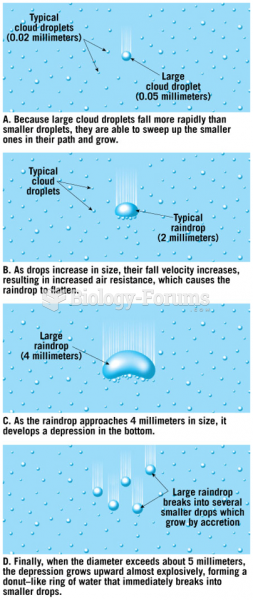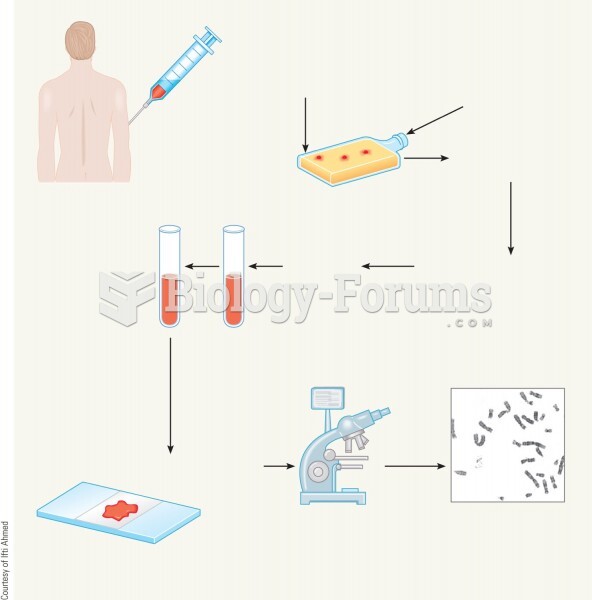Answer to Question 1
In the mediation process, the parties attempt to negotiate an agreement with the assistance of a neutral third party, a mediator. In mediation, the mediator talks with the parties separately as well as jointly. The mediator emphasizes points of agreement, helps the parties evaluate their positions, and proposes solutions. The mediator, however, does not make a binding decision on the matter being disputed. The parties may select a mediator on the basis of expertise in a particular field or a reputation for fairness and impartiality. The mediator need not be a lawyer. The mediator may be one person, such as a paralegal, an attorney, or a volunteer from the community, or a panel of mediators may be used. Usually, a mediator charges a fee, which can be split between the parties. Many state and federal courts now require that parties mediate their disputes before being allowed to resolve the disputes through trials. In this situation, the mediator may be appointed by the court. Mediation is not adversarial in nature, as are lawsuits. In litigation, the parties do battle with each other in the courtroom, while the judge is the neutral party. Because of its nonadversarial nature, the mediation process tends to reduce the hostility between the parties and may allow them to resume their former relationship. For this reason, mediation is often the preferred form of ADR for disputes involving business partners, employers and employees, family members, or other parties involved in long-term relationships.
Answer to Question 2
The Internet's capacity to bypass political and geographic boundaries undercuts traditional basic limitations on a court's authority to exercise jurisdiction. These limits include a party's contacts with a court's geographic jurisdiction. For a court to
compel a defendant to come before it, there must be at least minimum contacts the presence of a company's salesperson within the state, for example. Are there sufficient minimum contacts if the only connection to a jurisdiction is an ad on the Web originating from a remote location?
Gradually, the courts are developing a standardcalled a sliding-scale standard for determining when the exercise of jurisdiction over an out-of-state party is proper. The courts have identified three types of Internet business contacts:
Substantial business conducted over the Internetwith contracts or sales, for example.
Some interactivity through a Web site.
Passive advertising.
Jurisdiction is proper for the first category, is improper for the third, and may or may not be appropriate for the second.
Because the Internet is international in scope, international jurisdictional issues
arise. What seems to be emerging is a standard that echoes the requirement of minimum contacts applied by the U.S. courts. Courts in many nations are indicating that minimum contactsdoing business within the jurisdiction, for example are enough to compel a defendant to appear and that the defendant's physical presence is not required for the court to exercise jurisdiction. The effect of this standard is that a company may have to comply with the laws of any jurisdiction in which it targets customers for its product.







